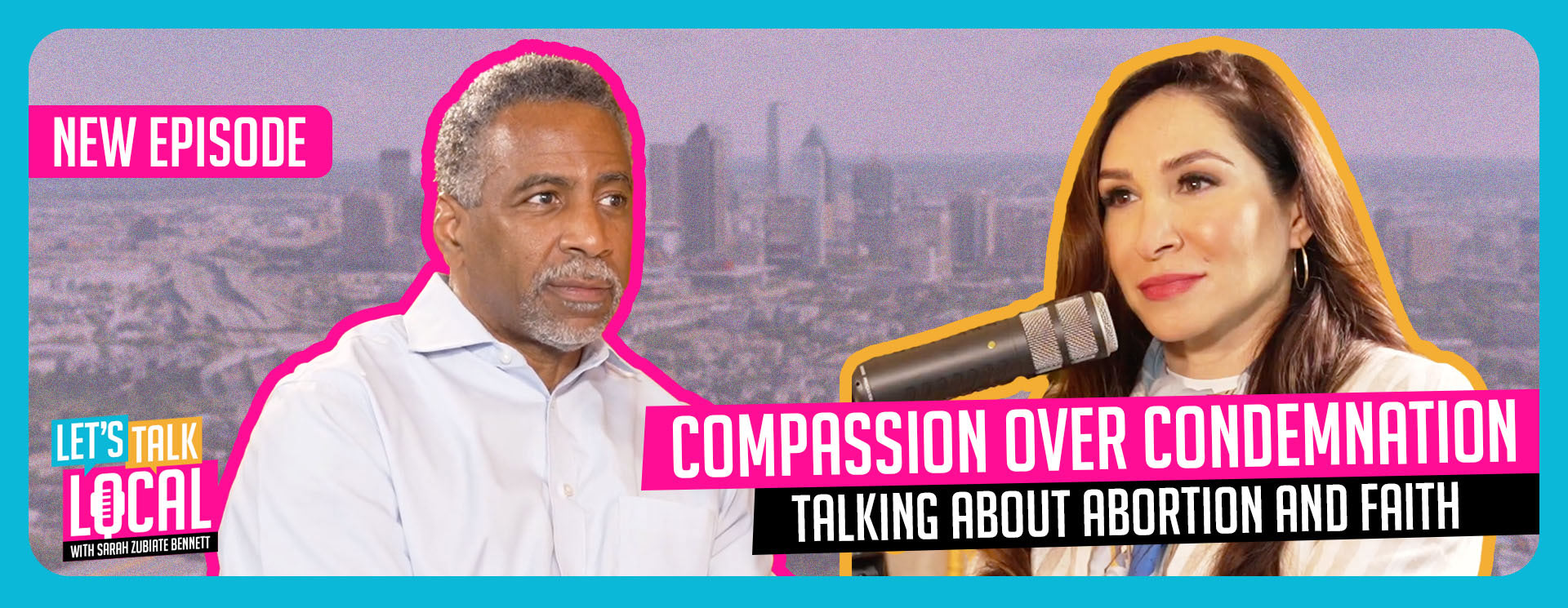President Joe Biden has announced a plan to “cancel” up to $20,000 of student loan debt held by qualifying borrowers.
The proposal would “provide up to $20,000 in debt cancellation to Pell Grant recipients with loans held by the Department of Education, and up to $10,000 in debt cancellation to non-Pell Grant recipients.”
To qualify, borrowers must earn less than $125,000 a year or $250,000 if married.
Additionally, the pause on student loan repayment will be “extended one final time” through the end of the year.
In a joint statement, Senators Chuck Schumer (D-NY) and Elizabeth Warren (D-MA) celebrated the move, stating, “The positive impacts of this move will be felt by families across the country, particularly in minority communities, and is the single most effective action that the President can take on his own to help working families and the economy.”
The proposal, however, has proved contentious.
Previously, several high-profile members of the Democratic Party expressed the belief that the president did not have the authority to cancel student loans unilaterally and that to do so would be economically unwise.
Larry Summers, the treasury secretary under former President Bill Clinton and director of the National Economic Council under former President Barak Obama, recently stated, “I hope the [Biden] administration does not contribute to inflation macro-economically by offering unreasonably generous student loan relief.”
“Every dollar spent on student loan relief is a dollar that could have gone to support those who don’t get the opportunity to go to college,” Summers concluded, going on to note, “Student loan debt relief is spending that raises demand and increases inflation.”
Similarly, Speaker of the House Nancy Pelosi remarked as recently as July 2021, “People think that the President of the United States has the power for debt forgiveness … He does not. He can postpone, he can delay, but he does not have that power.”
However, following Biden’s announcement, Pelosi indicated a shift in perspective. She stated, “By delivering historic targeted student debt relief to millions of borrowers, more working families will be able to meet their kitchen table needs as they recover from the pandemic.”
Still, Republican opposition to the proposal has been virtually universal in implying that debt cancellation would unfairly impact those who either never took out loans or already paid them off.
Some have implied that the announcement’s timing so close to the midterm elections potentially makes it look like an attempt to boost Biden’s poll numbers.
For example, Senator Tom Cotton (R-AR) submitted that “Americans who paid off student loans or never borrowed for school just took on $300 billion in new debt, thanks to Biden’s shameless bribe.”
The American public also seems wary of the idea. A poll conducted for CNBC suggested that nearly 60% of Americans “are concerned that student loan forgiveness will make inflation worse.” Among Democrat respondents, 41% expressed concern.
Additionally, an analysis from the University of Pennsylvania’s Penn Wharton Budget Model identified that Biden’s plan would overwhelmingly benefit people already well above the poverty line, costing taxpayers roughly $300 billion.
The budget model indicated that up to nearly 75% of the money would go to “households in the top 60 percent of the income distribution” in America.
The U.S. Department of Education has taken steps to implement the plan, noting, “The Department will be announcing further details on how borrowers can claim this relief in the weeks ahead.”


